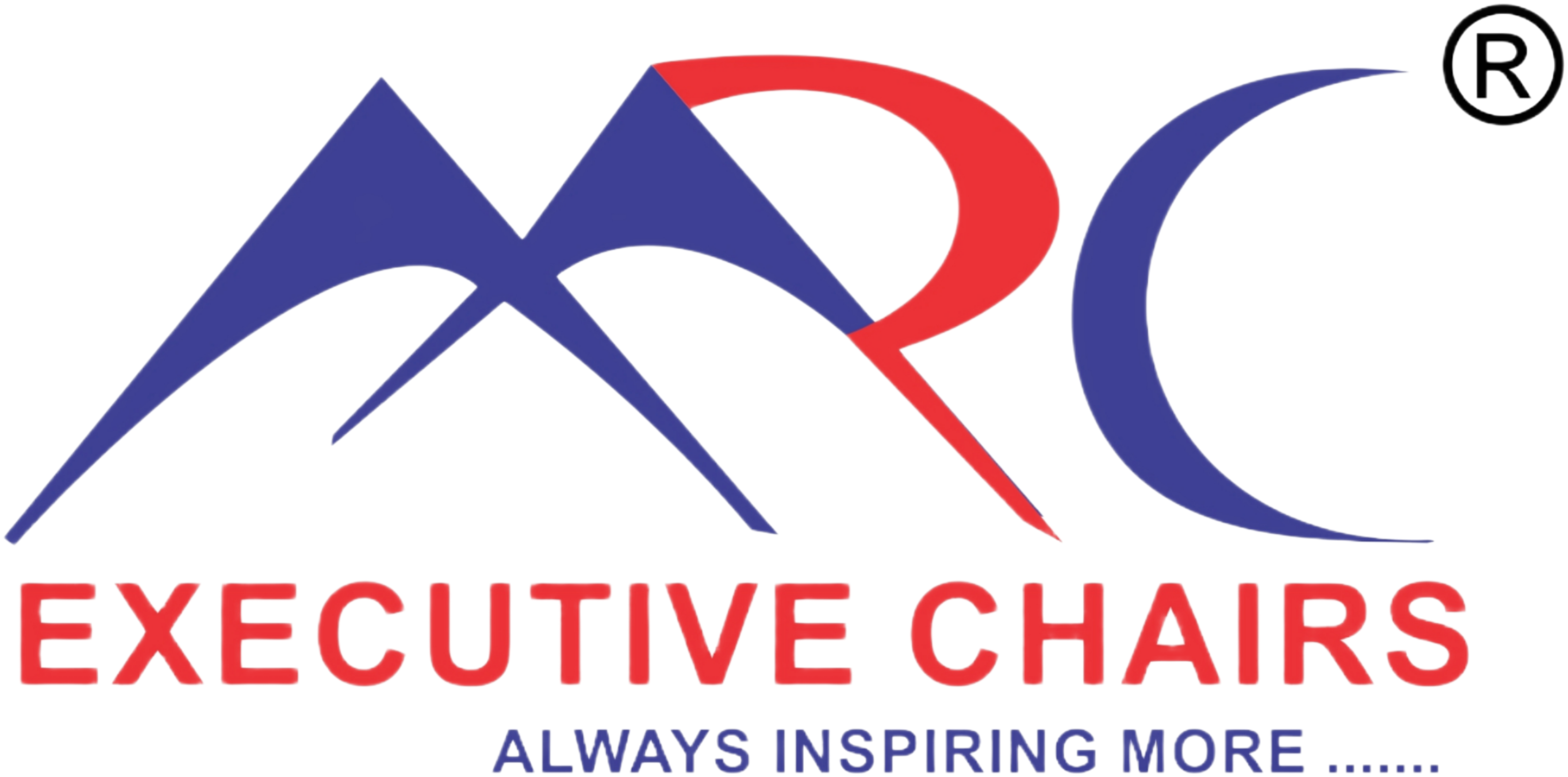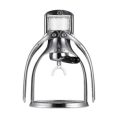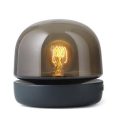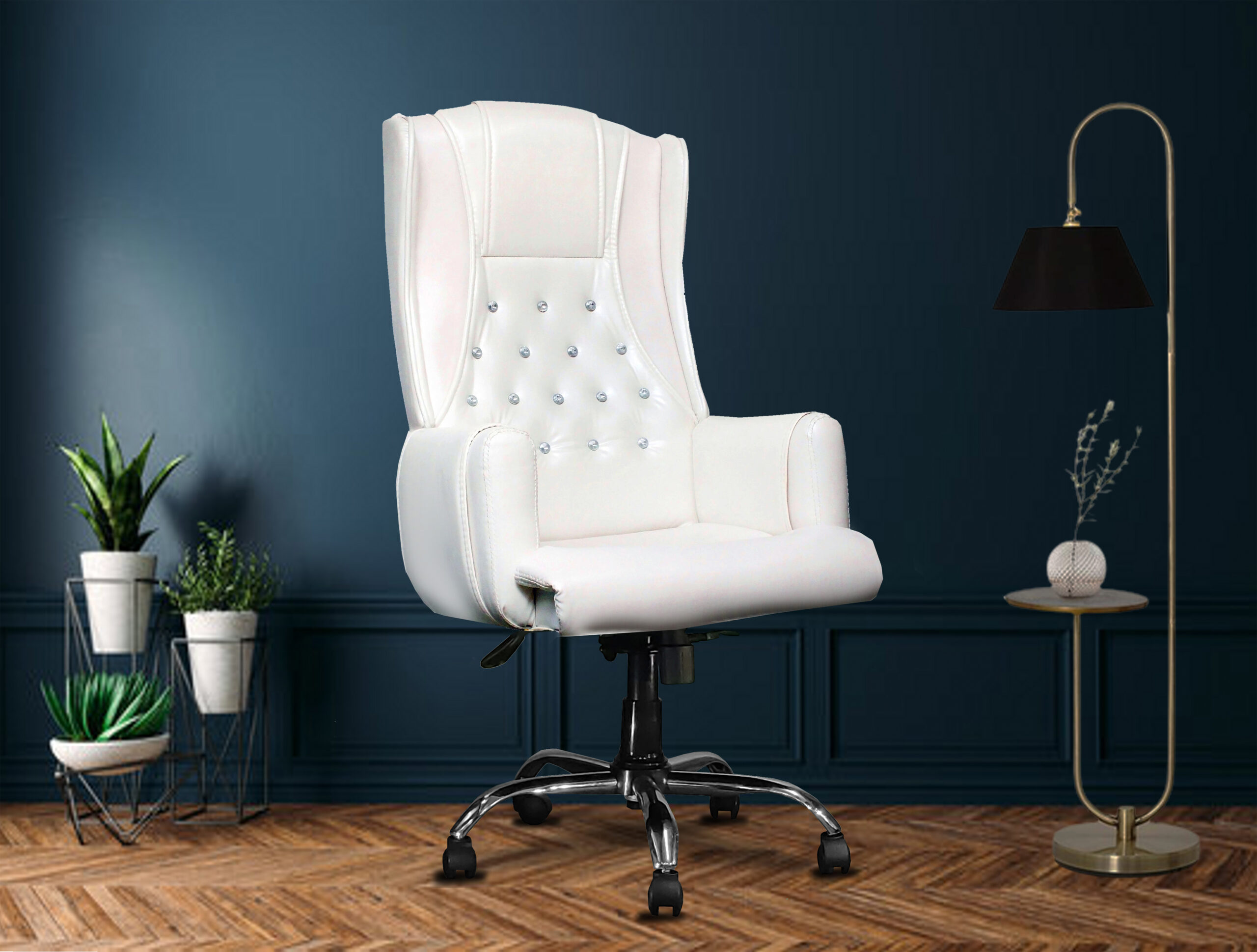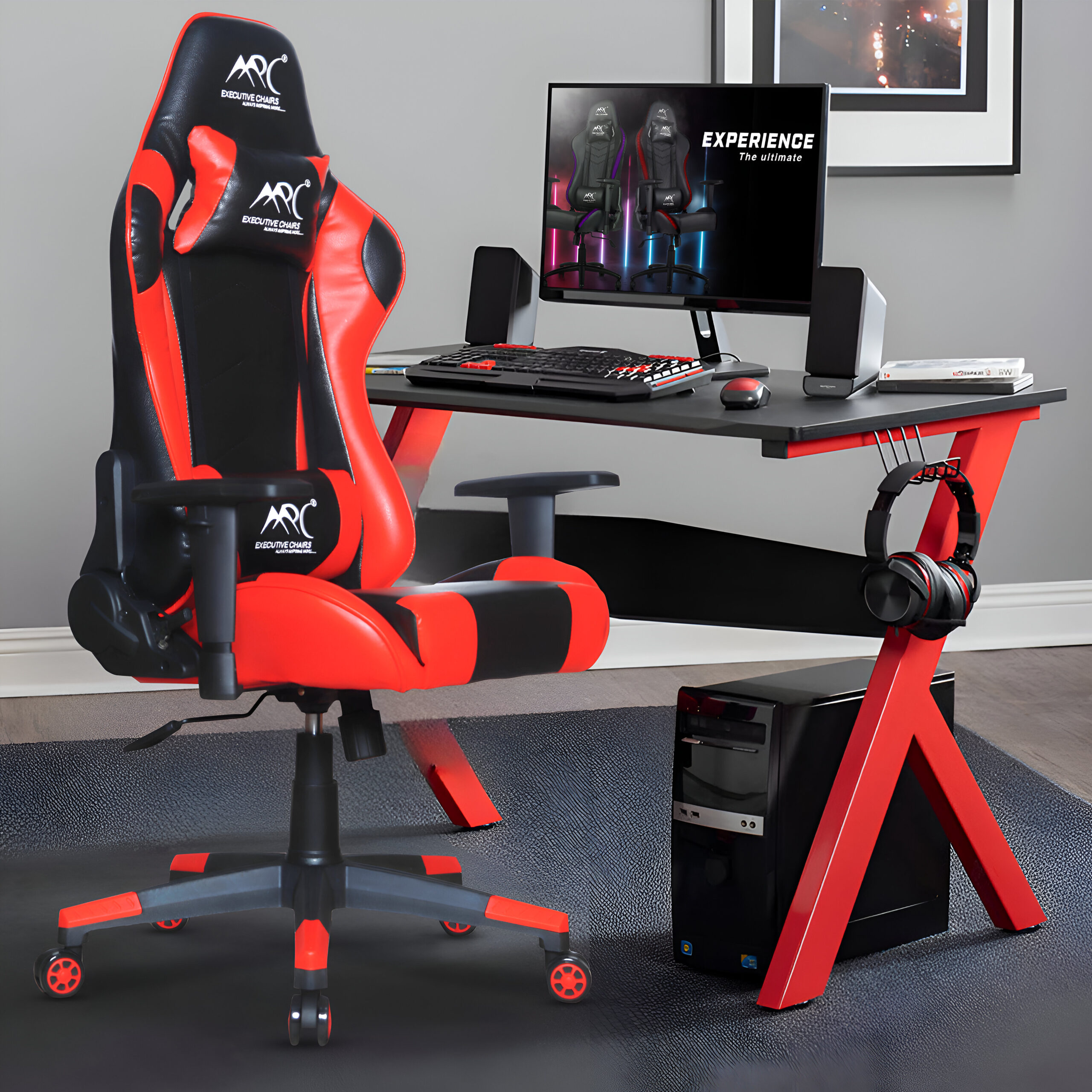Introduction
The evolution of office chairs has moved greatly from being only a flexible variety to fully functional ergonomic chairs with smart technologies, sustainable materials, and stylish designs. There will be such a high demand for new chair designs that it will be difficult to stay up to date with the newest innovations and trends. This comprehensive resource provides an overview of recent advancements driving the redesign of these office chairs, emphasising efficiency, comfort, and health.

1.Ergonomics Best Practices: Overhauling Comfort and Support
1.1 Mastering Ergonomics Basic Concepts
One of the most important aspects of ergonomics in office chairs is that they are designed to support the body posture in natural positions, meaning the reduction of strain on muscles and joints, providing a comfortable sitting position.
1.2 New-Generation Ergonomic Features in Office Chairs
The chair placed the user in a comfortable position from the beginning by introducing features like tilt and seat height changes, including clever lumbar support systems in the backrest and adjustable armrests.
2.Eco-Friendly Materials: Transition to Sustainable Solutions
2.1 Durability Major Trend in Production of Office Chairs
One sign that this approach is growing is the use of sustainable materials; in recycling these old chairs, whole new plastics were employed, the practice’s sustainability was realised, and the usage of these materials was started.
2.2 Office Chairs Made of Green Materials
Also, these sustainable chairs combine longevity and ergonomic benefits with stylish design, making them a valuable addition to corporate social responsibility initiatives beyond environmental concerns.
3.Integration of Smart Technology: Enhancing User Experience
3.1 IoT and Connectivity Features
Smart office chairs make use of Internet of Things (IoT) technology, which can be linked directly or even through an application. This technology allows the chair to sense the user’s posture and analyse how often the user uses it while being comfortable or not. After a period of use, the chair device remembers the desired body settings of its users and can automatically modify consumption.
3.2 Artificial Intelligence and Machine Learning in Chair Design
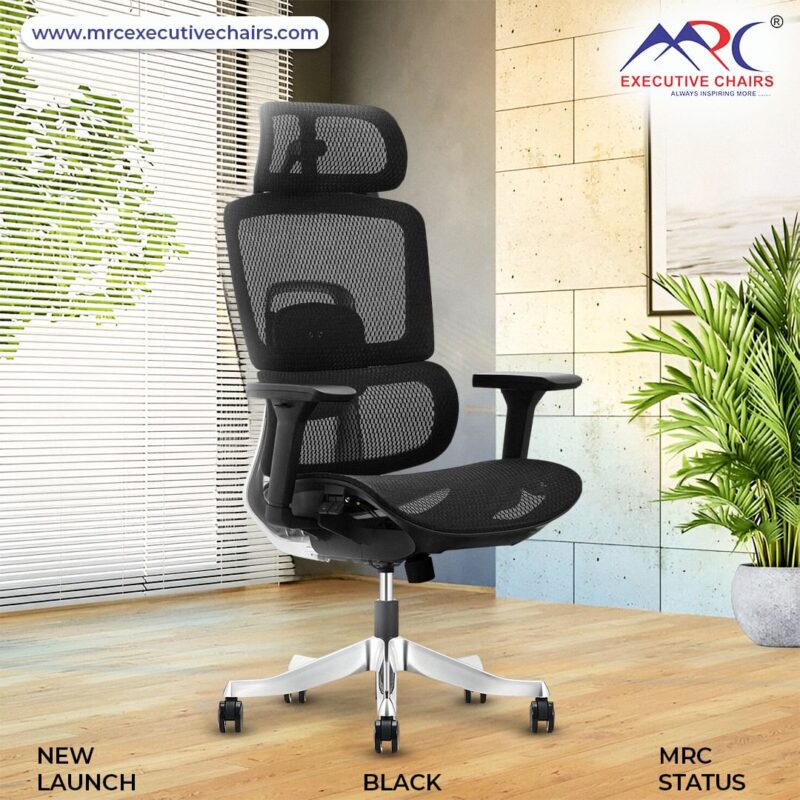
AI-based alterations that are directed based on the individual’s behaviour, biometric statistics, and the natural conditions on the space promote a new type of intelligent chairs.
4.Customization Options: Personalizing Comfort and Functionality
4.1 Importance of Tailored Ergonomic Solutions
User-adaptive seats go one step further by allowing users to customise the seat depth and lumbar support, for example, according to their own ergonomic needs.
4.2 Ergonomic Benefits of Customizable Features
Increased coziness and diminished injury possi-muscle are the causes of better performance, employee retention, and higher life quality.
5.Aesthetic Appeal: Blending Style with Corporate Identity
5.1 The Role of Aesthetics in Modern Office Environments
In addition proving important to creating a calm work environment, attractive things contributes to the space’s overall look, which may then symbolise the company’s distinct identity and related culture.
5.2 Contemporary Designs That Emphasize Form and Function
When it comes to the modern office chair’s visual pleasure rating, using the full spectrum of colors—from the most subdued to the special shapes and features should never take away from physical compatibility.
6.Health and Fitness: Providing Employee Well-Being First Priority
6.1 Impact of Office Chairs on Physical Health
Selecting chairs that have been wanted and developed based on recommendations from scientists is a simple but highly useful approach for resolving this kind of problem.
6.2 Trends in Wellness-Centric Chair Designs

Practically, they provide you with those features that are crucial for intensification to technologies like Braille which seem very useful and beneficial to people like applications of such features in other areas of life are helping.
7.Mobility and Flexibility: Adapting to Agile Workspaces
7.1 Portable and Lightweight Designs
Lightweight mobility chairs are much better for itinerant and deposit your original and very popular choice of trolley for the distribution of products.
7.2 Versatile Solutions for Dynamic Work Environments
These pieces of furniture are very convenient to use and can be transported to other places to be used in different tasks.
8.Multi-Functional Chairs: Versatility for Modern Work Settings
8.1 Benefits of Multi-Functional Office Chairs
Versatile office chairs are multipurpose due to their ability to convert from task-driven functionsto relax and rest or even plans for meetings that meetings that are space efficient and more so capable of a variety of functions.
8.2 Integrating Technology with Multi-Functional Designs
Smart operational features and movable parts lay the groundwork for shifts in between different tasks conditions, which are in turn achieved through needs at work that are always changing.
Future Innovations: Anticipating the Next Wave of Office Chair Designs

9.1 Emerging Technologies Revolutionizing Chair Design
Of course, you can expect the chair of the future to be wires and chippers, adaptive seat materials and AI embedded software to assure an engaging and great time.
9.2 Sustainable Innovations and Circular Economy Practices
Lately, recycled materials and renewable energy production have revolutionized the way we produce ornaments in our daily scenarios, specifically in the office in which, example, one can deconstruct one metal desk lamp to produce ten LEDs.
Conclusion
Future smart office chairs will use technology to express unique curation and employ sustainable and innovative techniques. Offices that prioritise worker productivity, comfort, and health do so because these solutions belong to the modern office.
